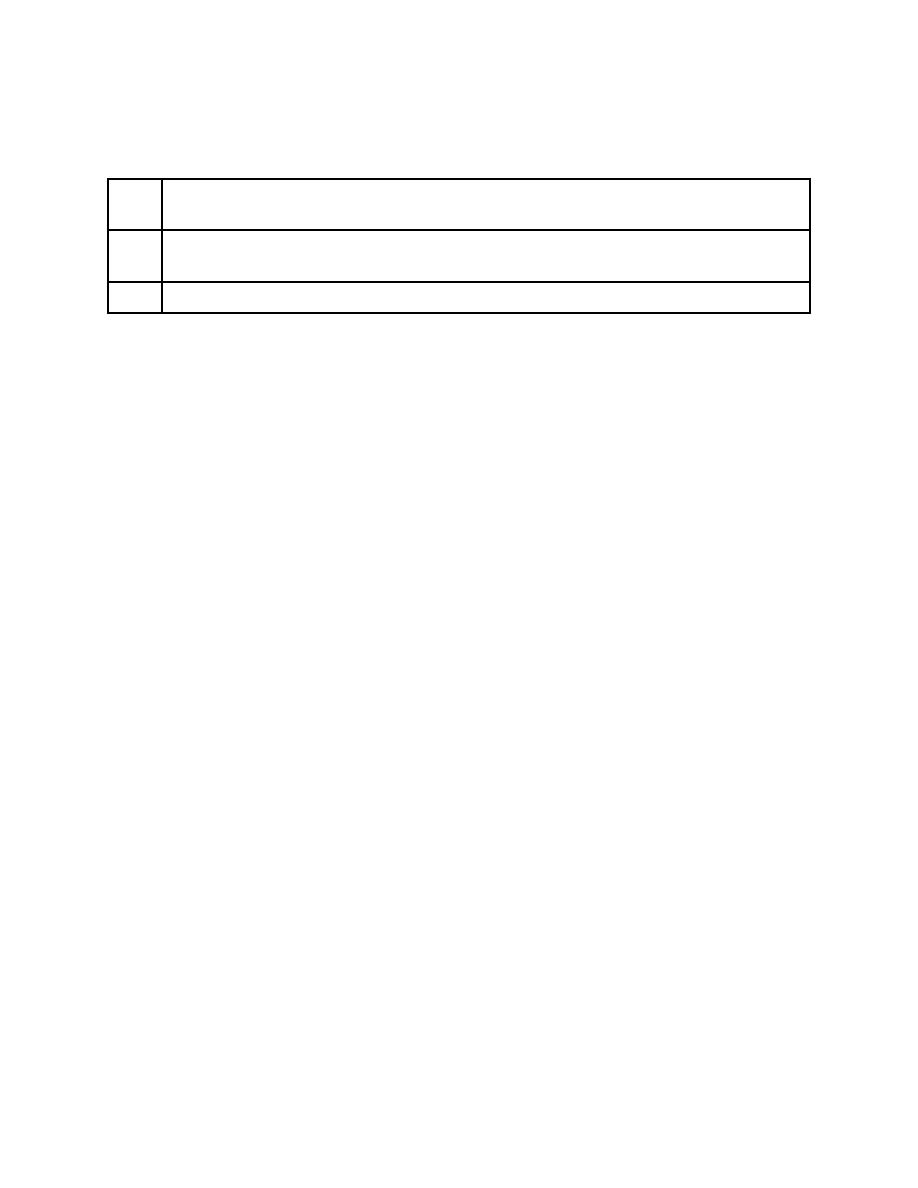
UFC 3-560-01
6 December 2006
Including change 1, 7 December 2006
Table 7-8. Conductor Ground Location After Pulling
1
Ground at each structure next to intermediate deadends of the stringing
operation.
2
Ground at each structure where and while work (including clipping-in) is being
performed on or near the conductor.
3
Remove grounds as the last phase of finished aerial installation.
7-7
TEMPORARY GROUNDING OF AERIAL LINES. Ground by installing an
overhead distribution grounding set. The grounding set provides a parallel low-level
(milliohm) resistance path which limits the current flow through the worker to a very low
(safe) value (milliamperes) thus limiting the potential across the worker to a safe value.
If the ground resistance were in series with the worker life-endangering currents could
flow through the worker under fault conditions. Avoid any ground connection which
could provide violent whipping from wind action. Double-point grounds are sometimes
utilized but single-point (equipotential) grounding is the preferred method. If double-
point grounding is necessary, install the temporary grounds at least one span away from
the work site because the grounding cables may violently move during a fault condition.
7-10


 Previous Page
Previous Page
